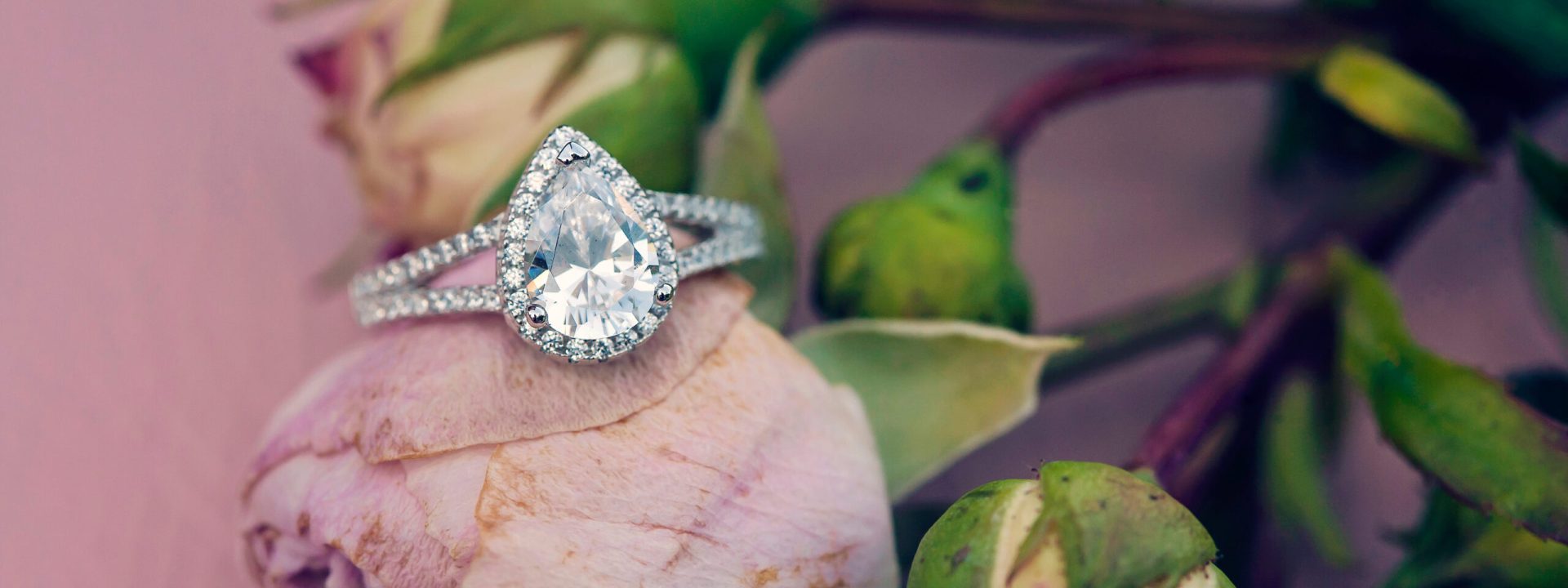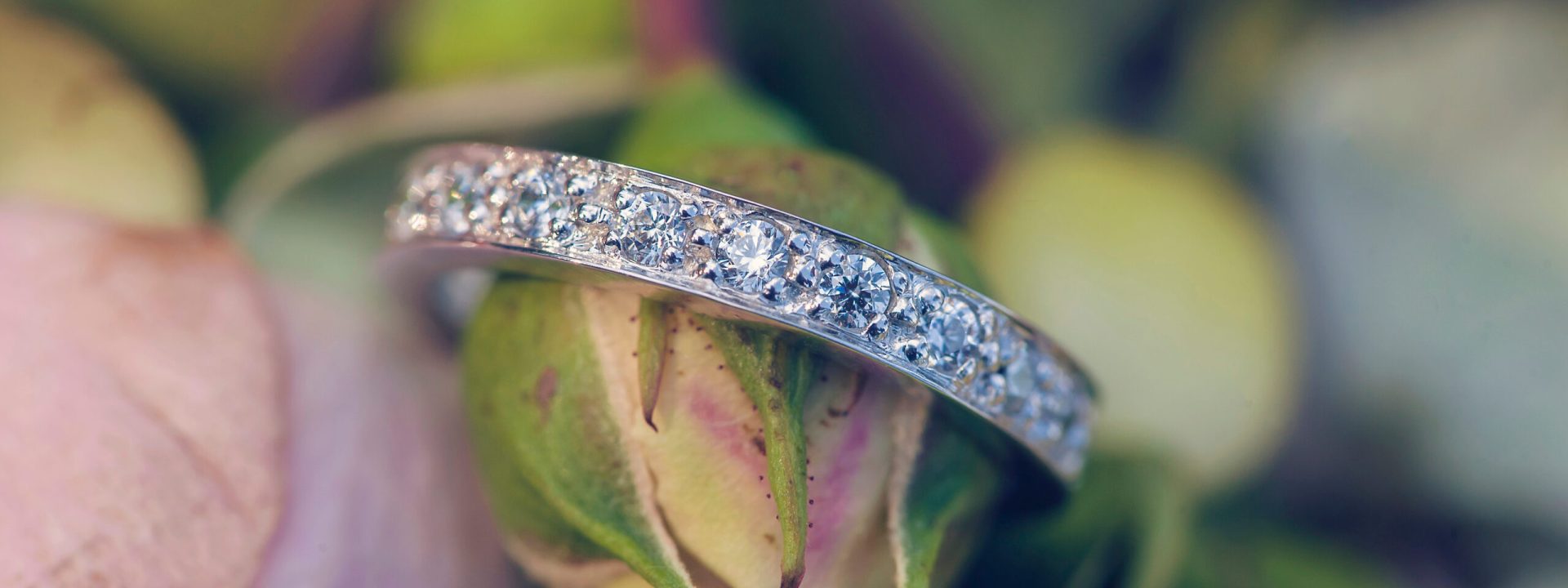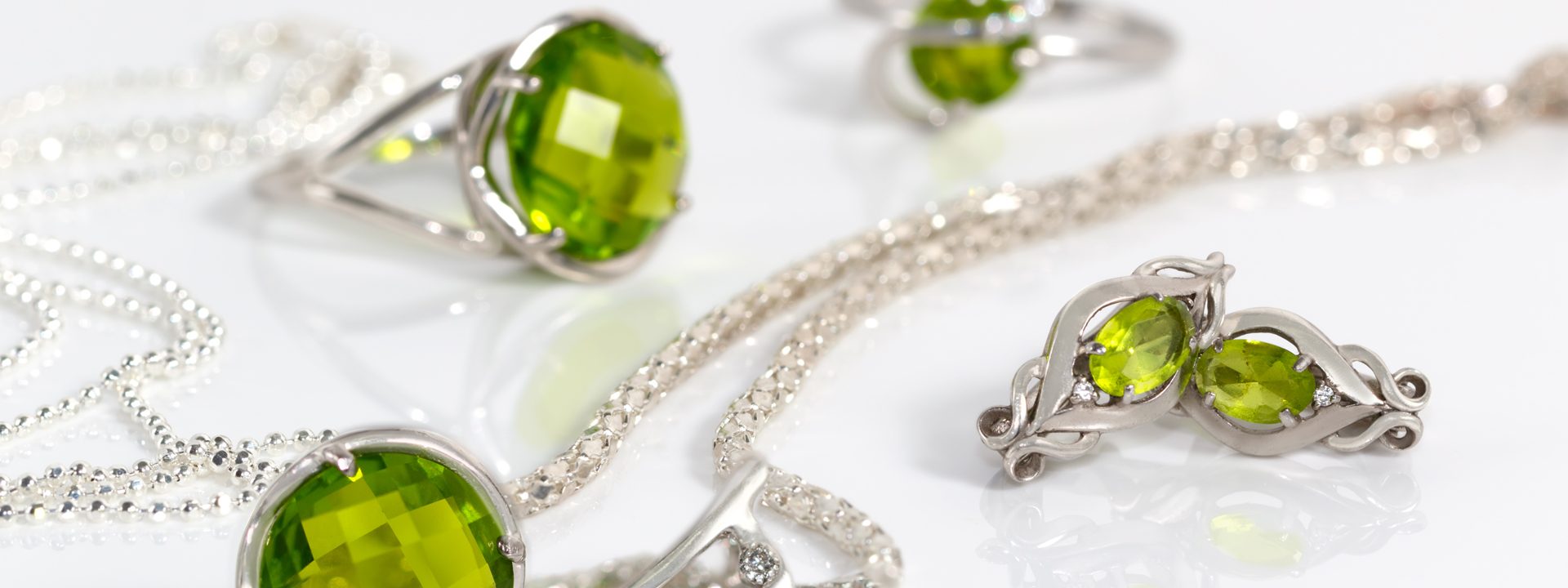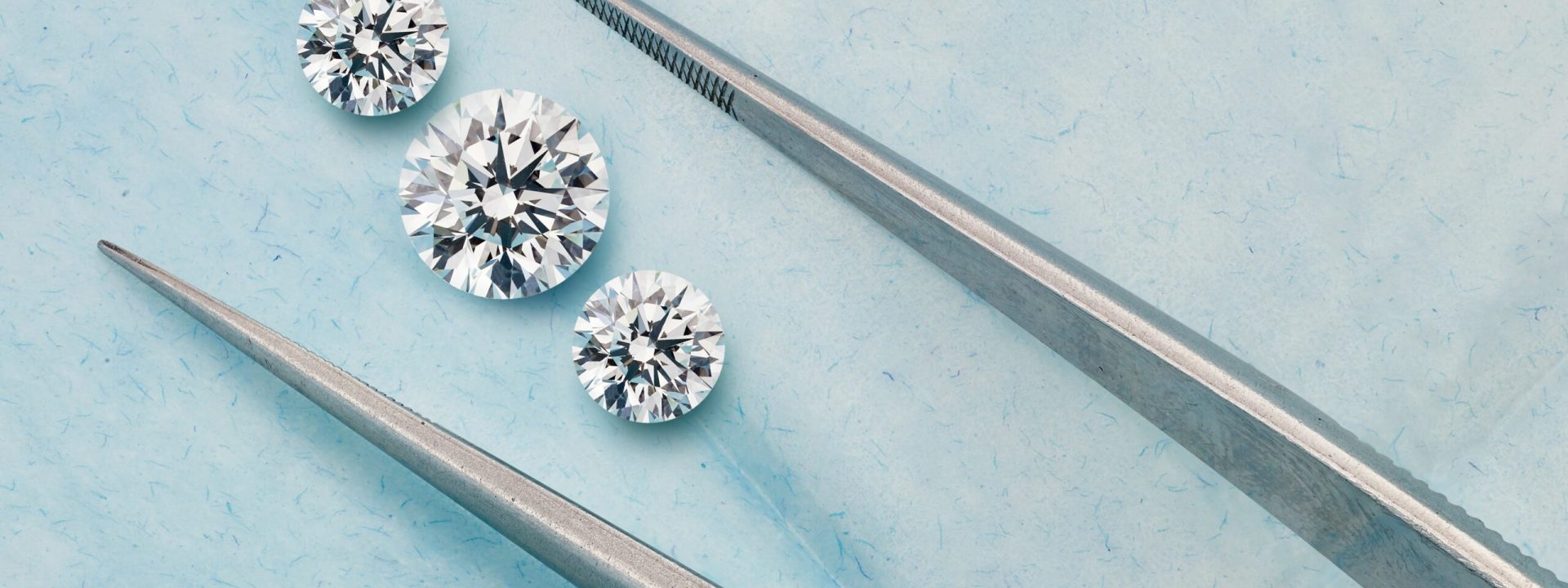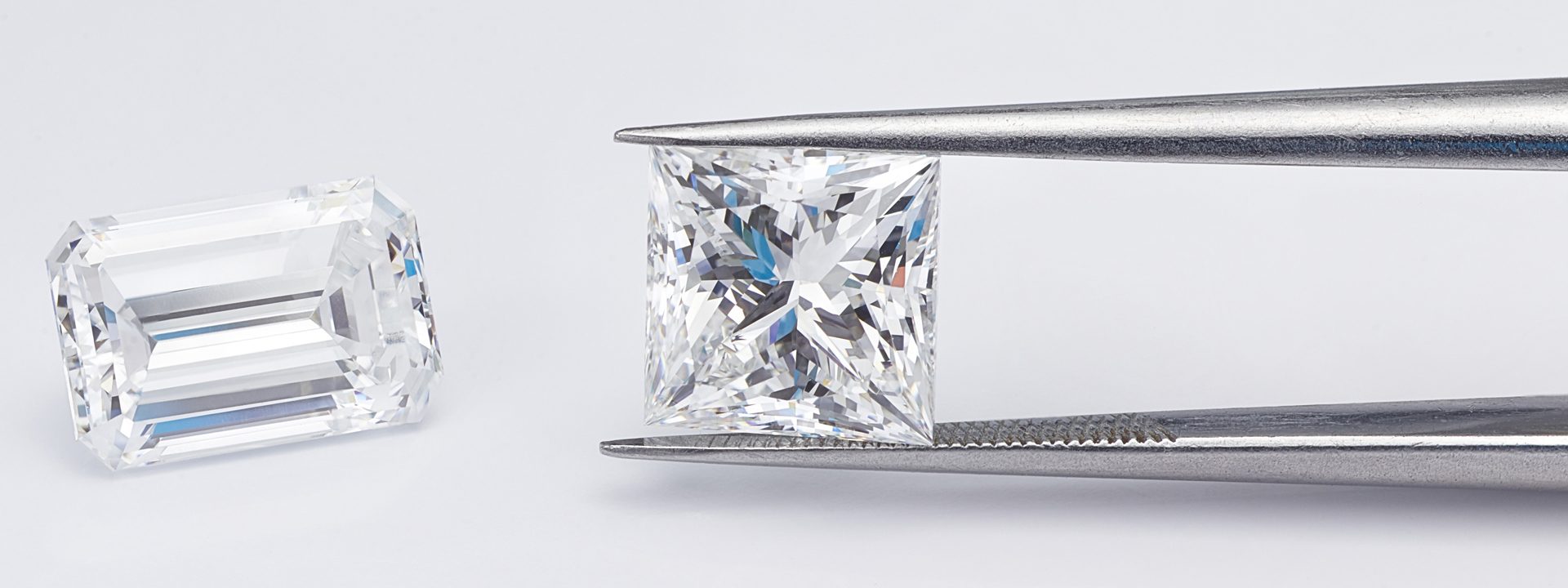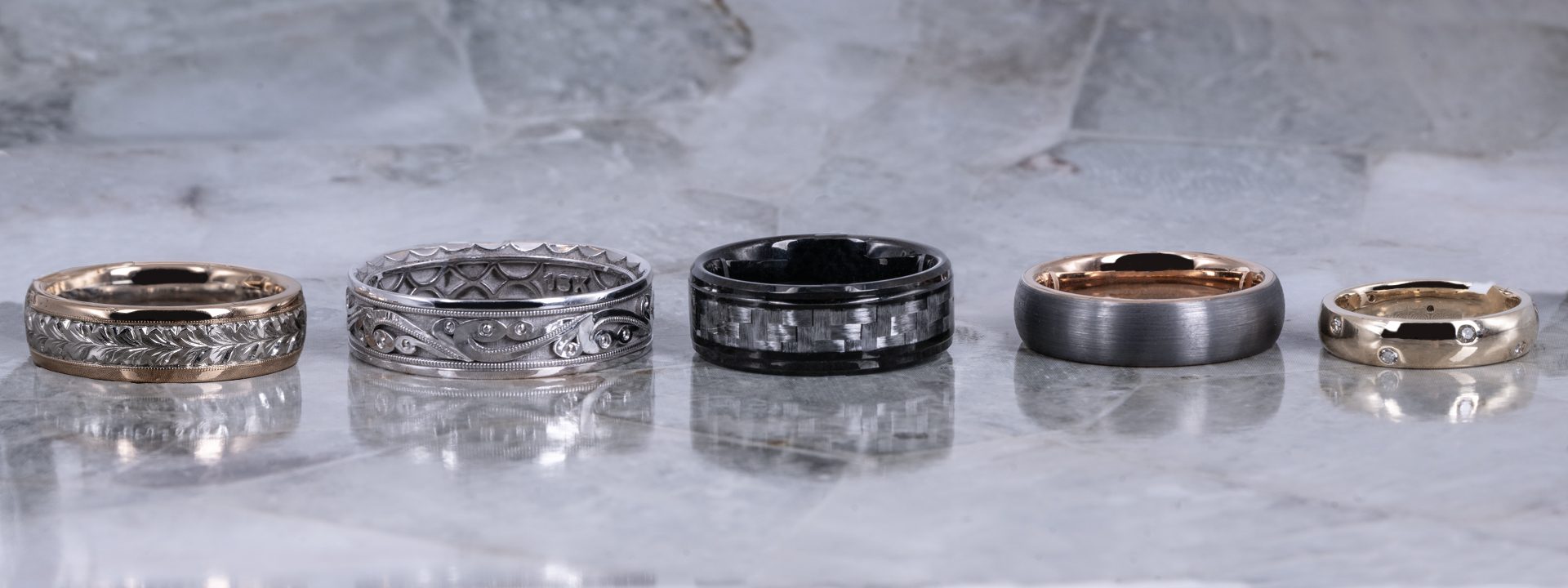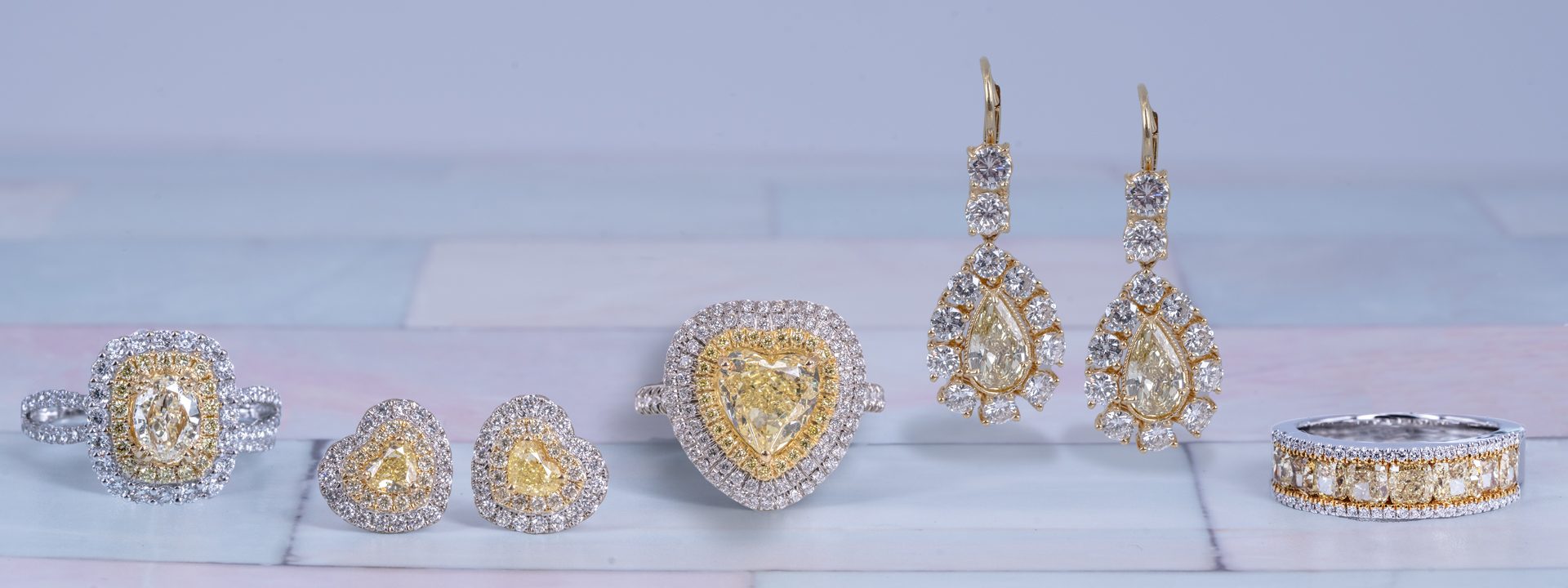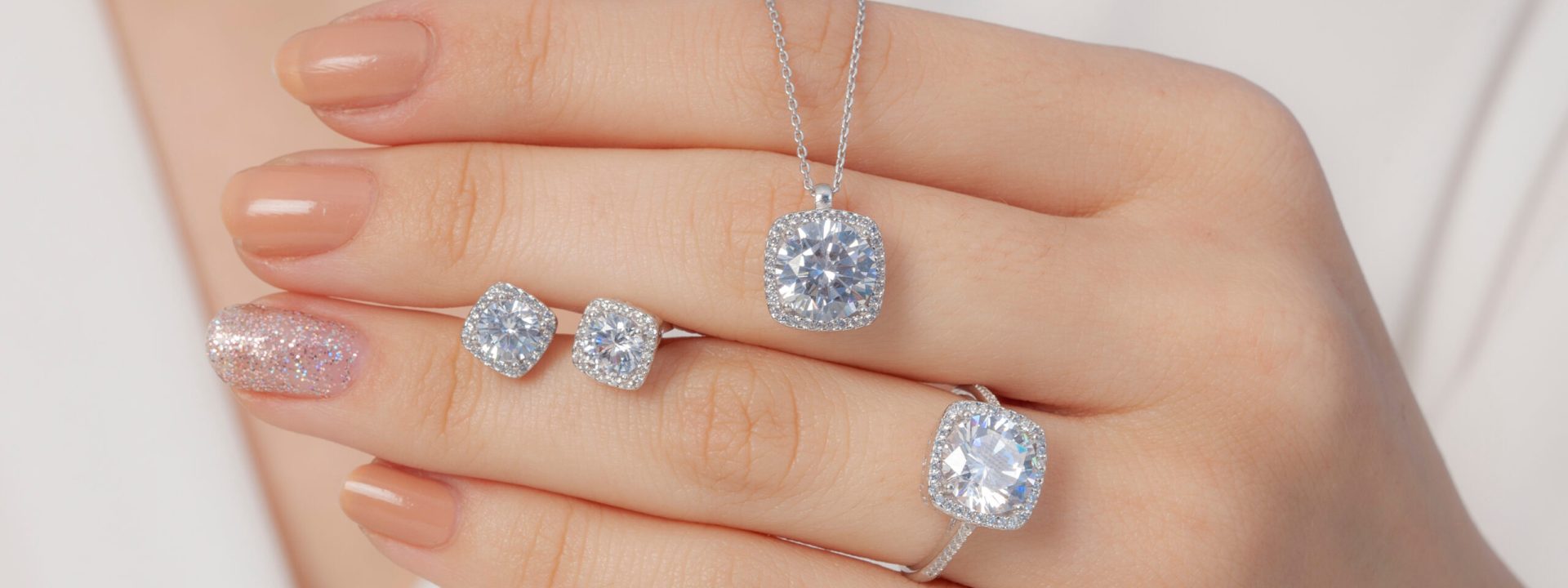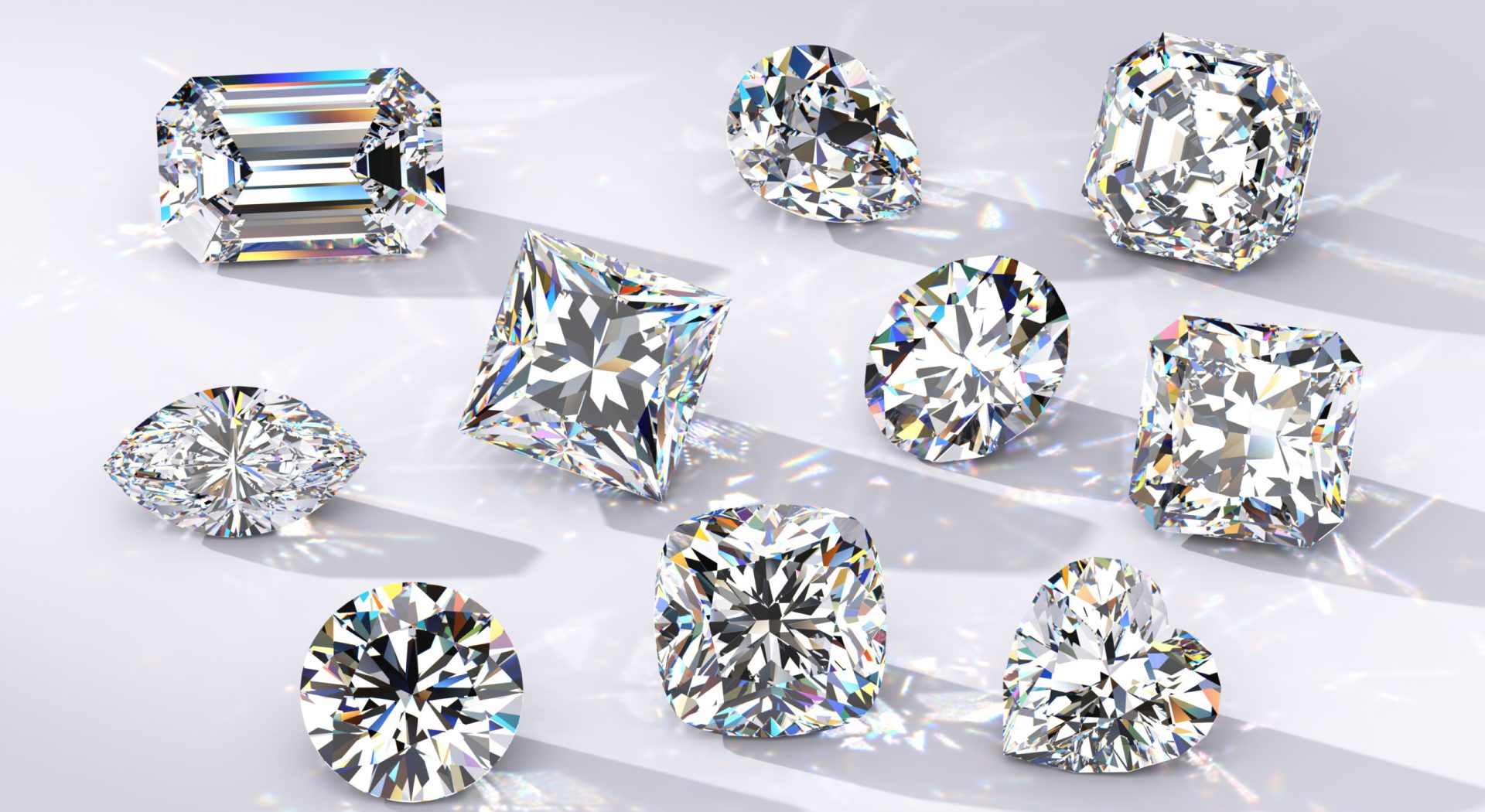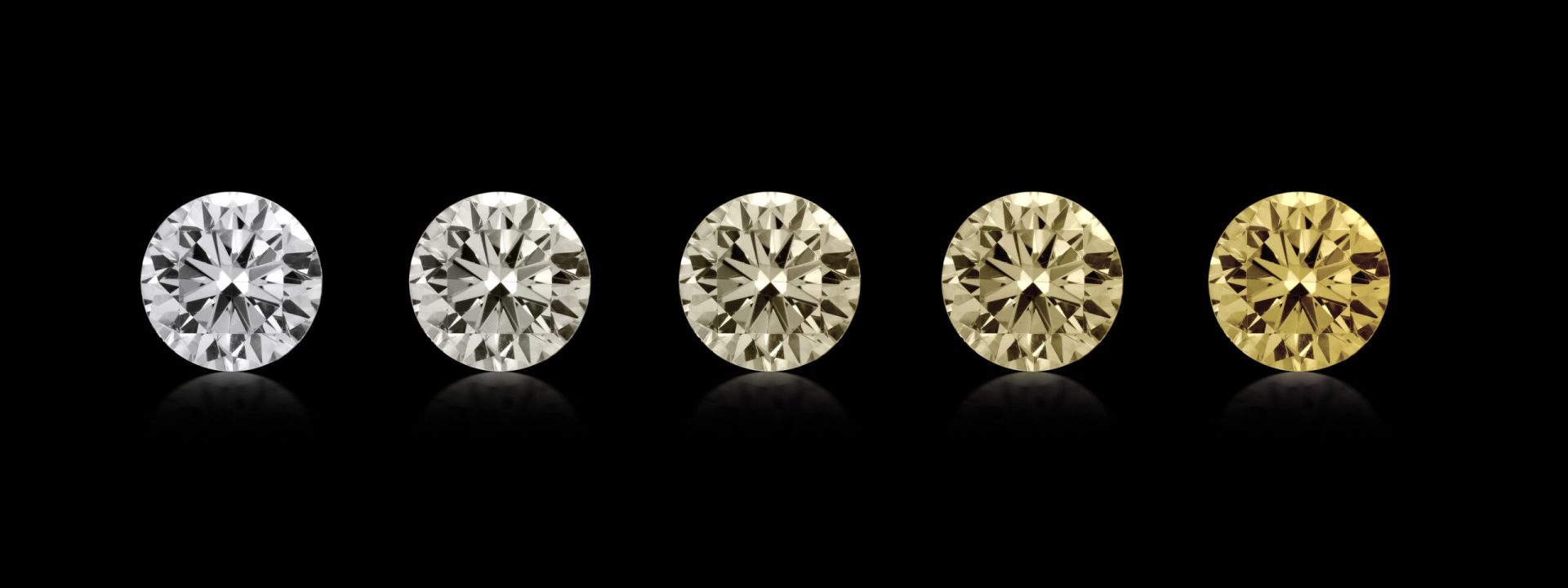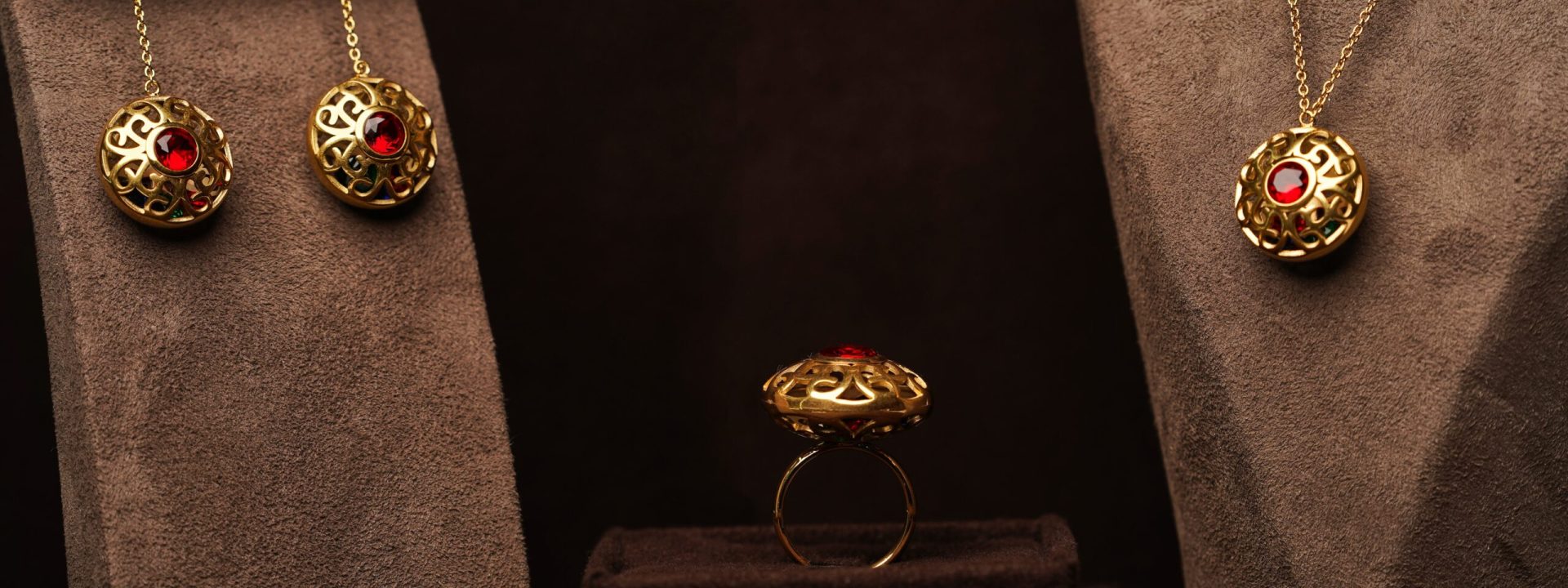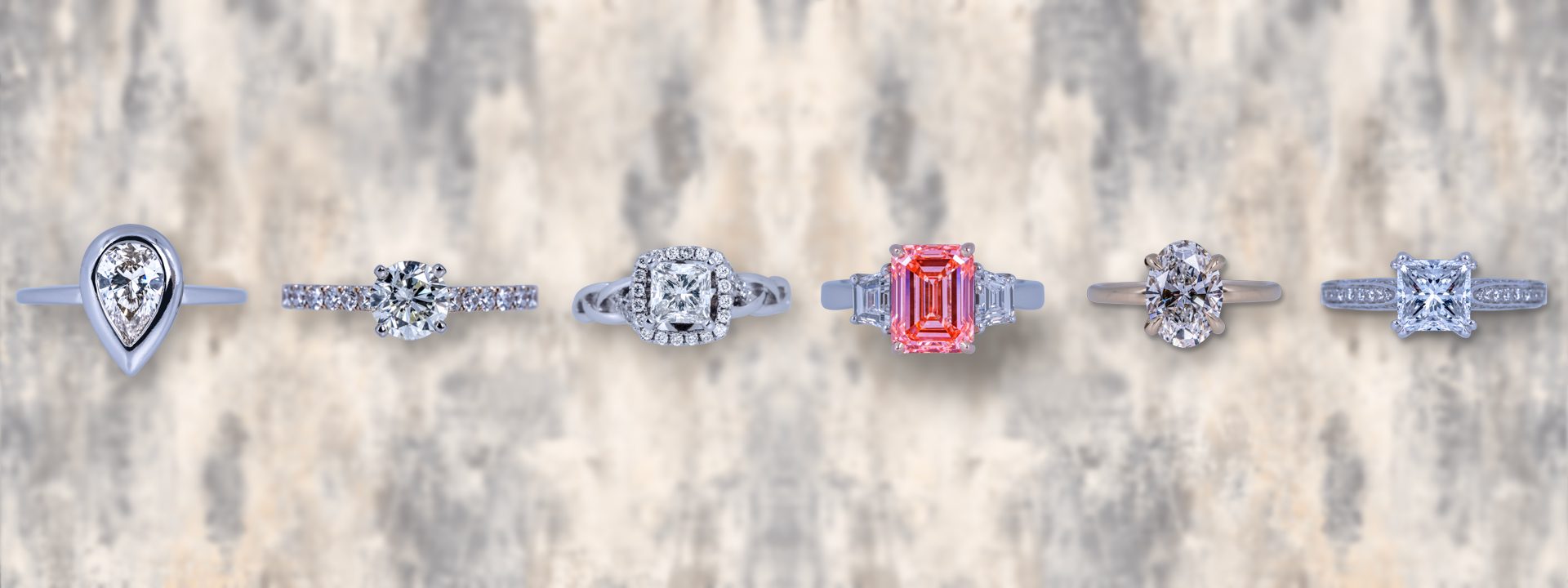
Buying an engagement ring can be one of the more significant purchases you’ll make in your lifetime. There is more to consider than just the financial aspect. You want this piece of jewelry to be a representation of enduring, lifelong love.
There’s an entire succession of decisions to be made – the size of the band, the choice of the center gemstone, the carat weight, cut, clarity, and color of any diamonds, etc. You can’t redo a proposal, so you want to make sure to plan each detail and avoid the typical mistakes.
But before you dive into the specifics, the first thing to decide is where you will buy the ring. There are some important things to consider before you choose where to shop. This should include the unique advantages of opting for an independent jeweler over a chain store. Where it the best place to buy in engagement rings in San Diego? We’re here to enlighten you on the many benefits of buying locally.
The Value
Price is one of the bigger factors to bear in mind when buying an engagement ring, but so is value. When shopping by price alone, you can end up with a lower quality ring. Some jewelry store chains tempt people with what appear to be lower prices. What can you expect to get for those apparently low prices? Non-GIA-graded, lower quality diamonds and precious stones in uniform settings.
Their inventory typically offers a limited number of styles and designs, meaning your choices are few. Most of these chain stores look like exact replicas of each other, with very few distinguishing features. In short, being offered a low price at a jewelry chain store does not consider the quality of options as well as the actual jewelry itself.
With independent jewelry stores, you’re dealing with a business that survives on repeat customers and referrals. This means that they will strive to make their patrons happy and build a positive reputation within the community. With their lower overhead expenses, independent jewelry stores give you better value for the money spent. Plus, they usually offer discounts and special promotions that other retailers don’t.
At Leo Hamel Fine Jewelers, we have special offers for our customers every month. Plus, we offer special financing options. But most importantly, when you shop with an independent jeweler, you can find quality GIA-certified diamonds, warranties, and custom work done by an in-house team of jewelers and Graduate Gemologists.
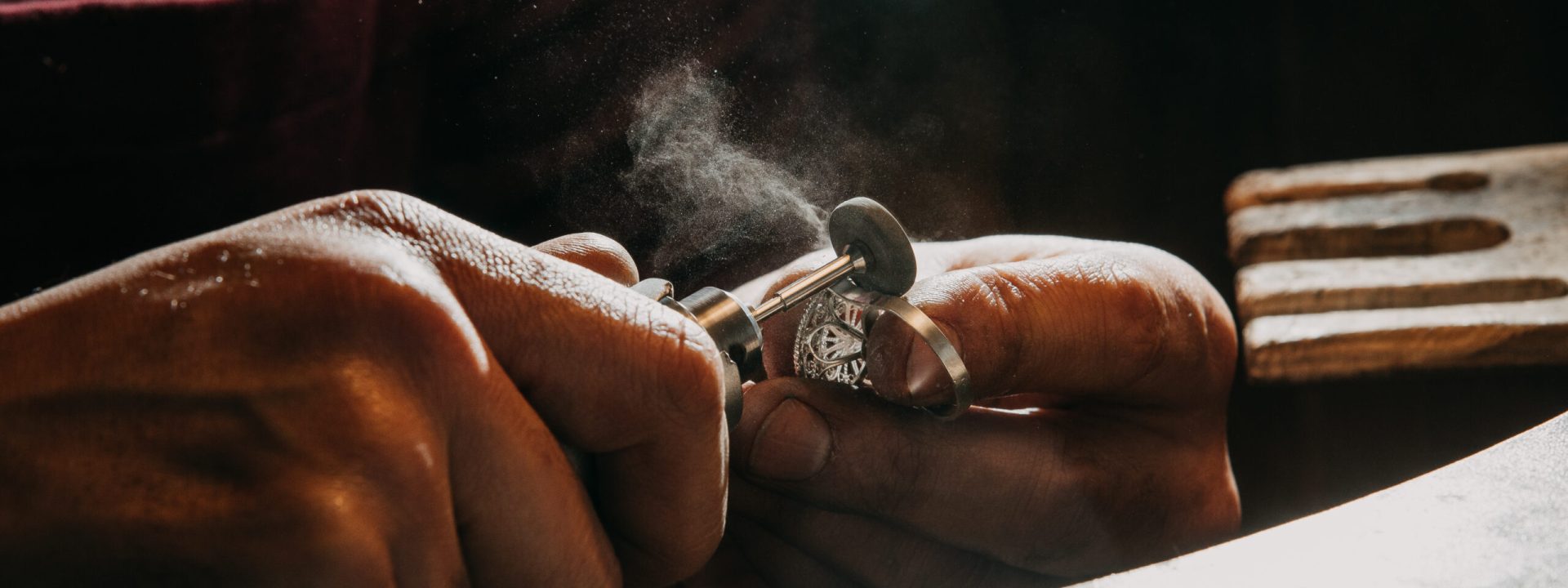
The Integrity
Jewelry chain stores carry an inventory of mass-produced items. They must get these items sold quickly to make room for new incoming products. Some salespeople can be as aggressive as the stereotypical used car salesmen. A few even get a reputation for misinforming buyers about ring flaws and characteristics.
Some chains brand their own diamond cuts and/or use a proprietary grading system. Their purpose it to make the gemstones difficult to compare to those at other stores. The GIA diamond-grading system is the industry standard. Any chain store that steers clear of providing GIA certificates speaks volumes about their sales tactics.
At the risk of repeating ourselves, we’ll emphasize the fact that independent jewelers serve the community, and their service strongly underpins their reputation. The quality jewelry they offer comes with certificates that meet or exceed industry standards. And the terminology they use in describing their jewelry adheres to the terms and definitions of the trade. Additionally, the service you receive is of high quality and personal.
The Selection
You would expect a chain store to have a huge selection because of their buying power, but that’s not commonly the case. Chain stores often focus on and promote their proprietary brands and lines. These are almost always mass-produced. These store usually don’t carry many designer collections besides their own.
They sometimes carry collections signed by celebrities, and though we may admire certain celebrities and their styles, they are neither jewelry designers nor artisans. If you want to buy something that’s custom or unique, you’ll most likely be hit with a hefty price tag and must pay in advance for them to order it for you. Independent jewelers have a varied selection of numerous new and vintage designer lines which you can see in person and try on before you make your purchase.
Leo Hamel Fine Jewelers
At Leo Hamel’s not only do we have the largest selection of all the jewelers in the San Diego area, but our selection is also wonderfully diverse. We carry new and vintage engagement rings from designer names like Heart On Fire, Venetti, Tiffany, Tacori, Vera Wang, Beverly K, Simon G., and more. We are the largest San Diego buyer of vintage estate jewelry, which means that you can find heirloom-quality jewelry for sale at amazing prices.
For over 44 years, San Diegans have trusted Leo Hamel’s as the best place to buy engagement rings. Reading our reviews, you’ll see the difference in quality that we provide to our shoppers and the community of San Diego. A considerable portion of our customers are loyal, returning clients who trust our prices, services, and expertise. Visit our jewelry store on San Diego Avenue, where our friendly and knowledgeable sales team will show you how easy it can be to find a ring that perfectly matches her taste and your budget.

